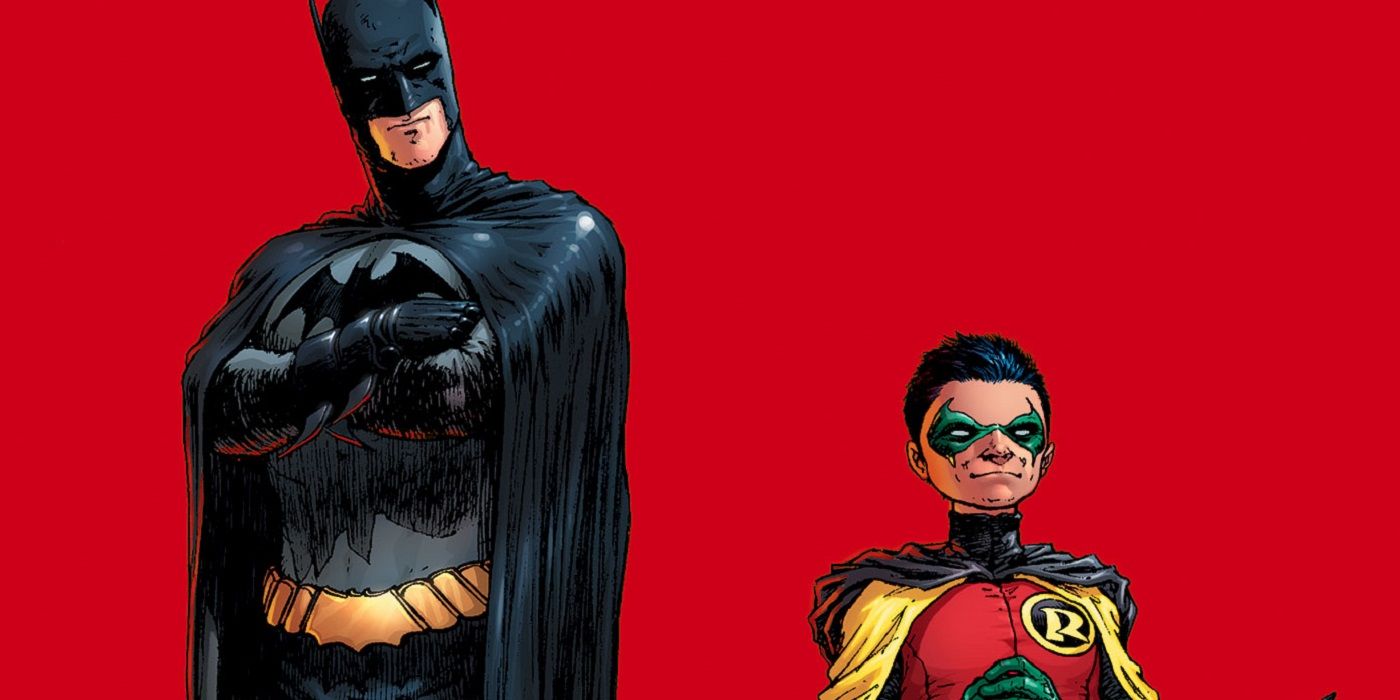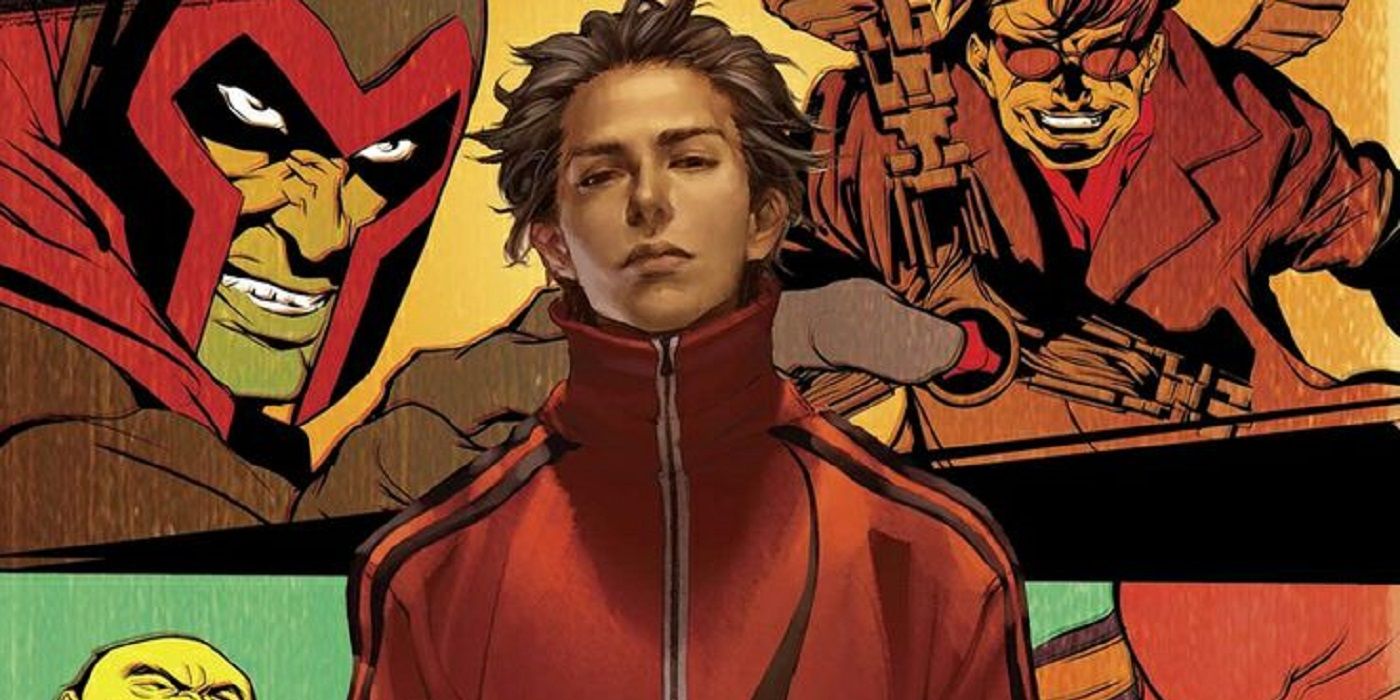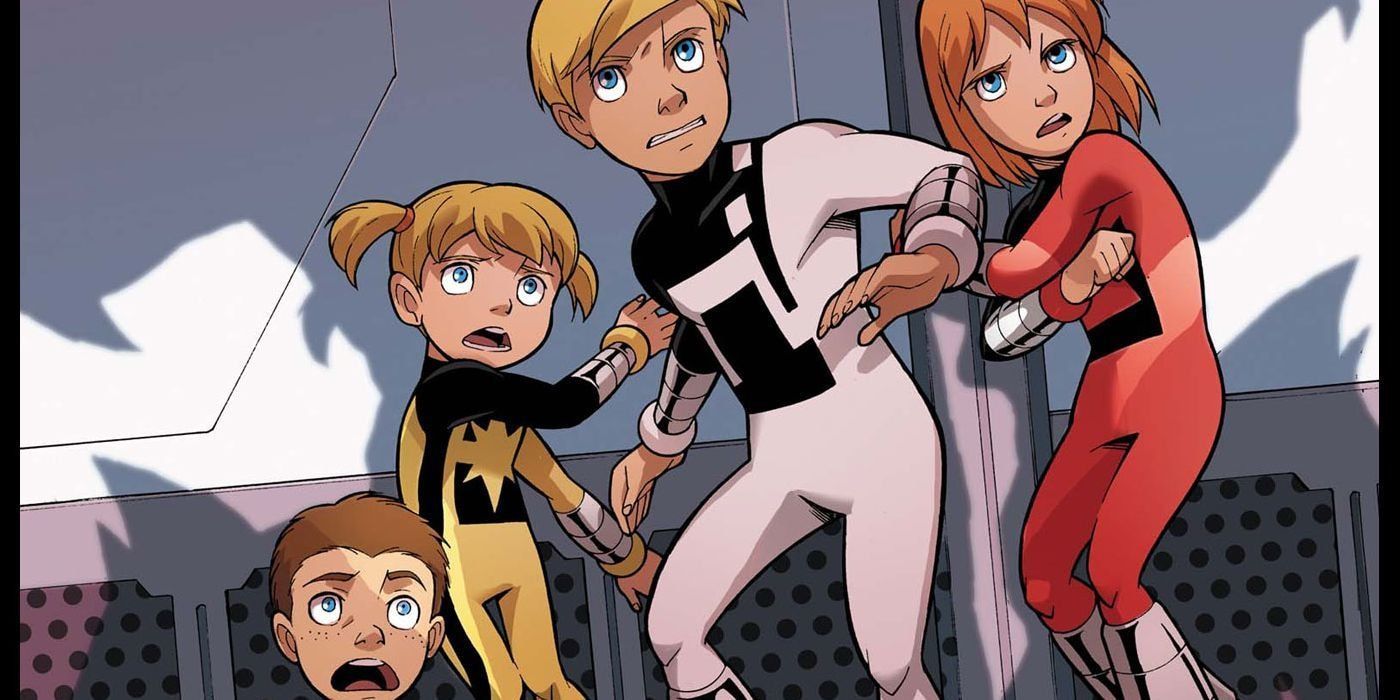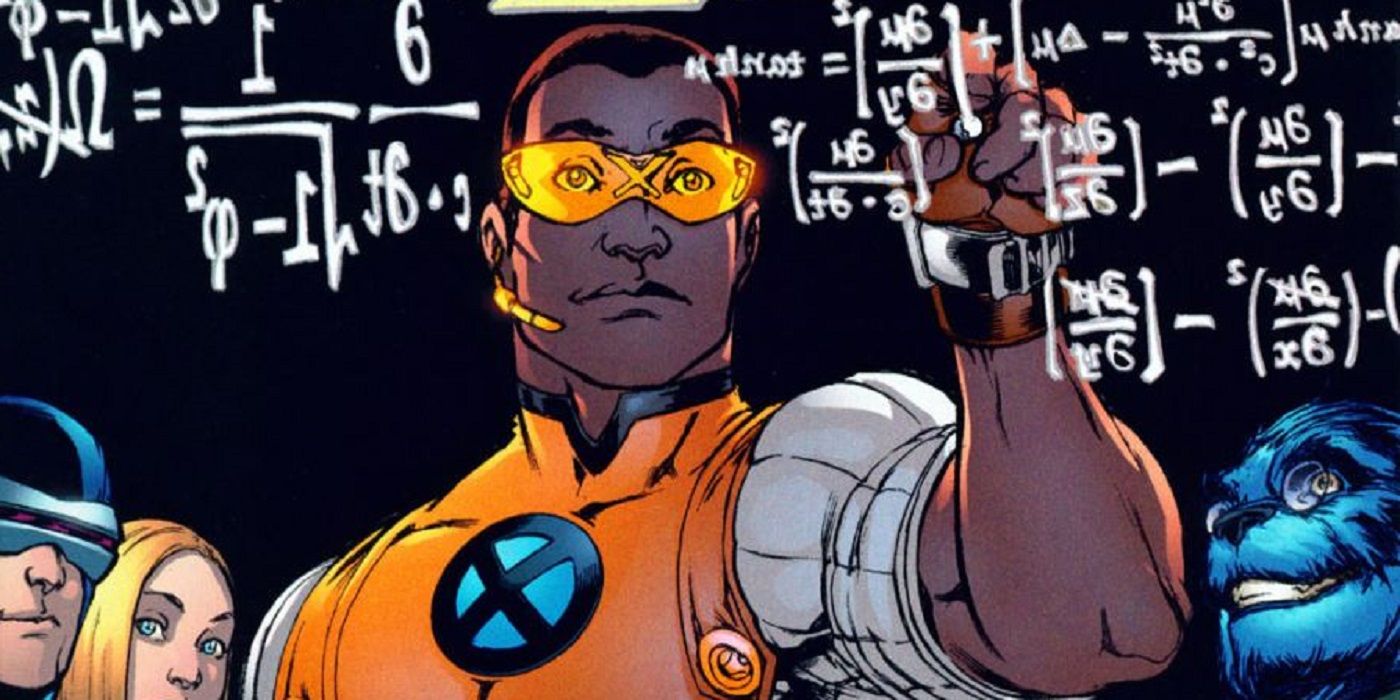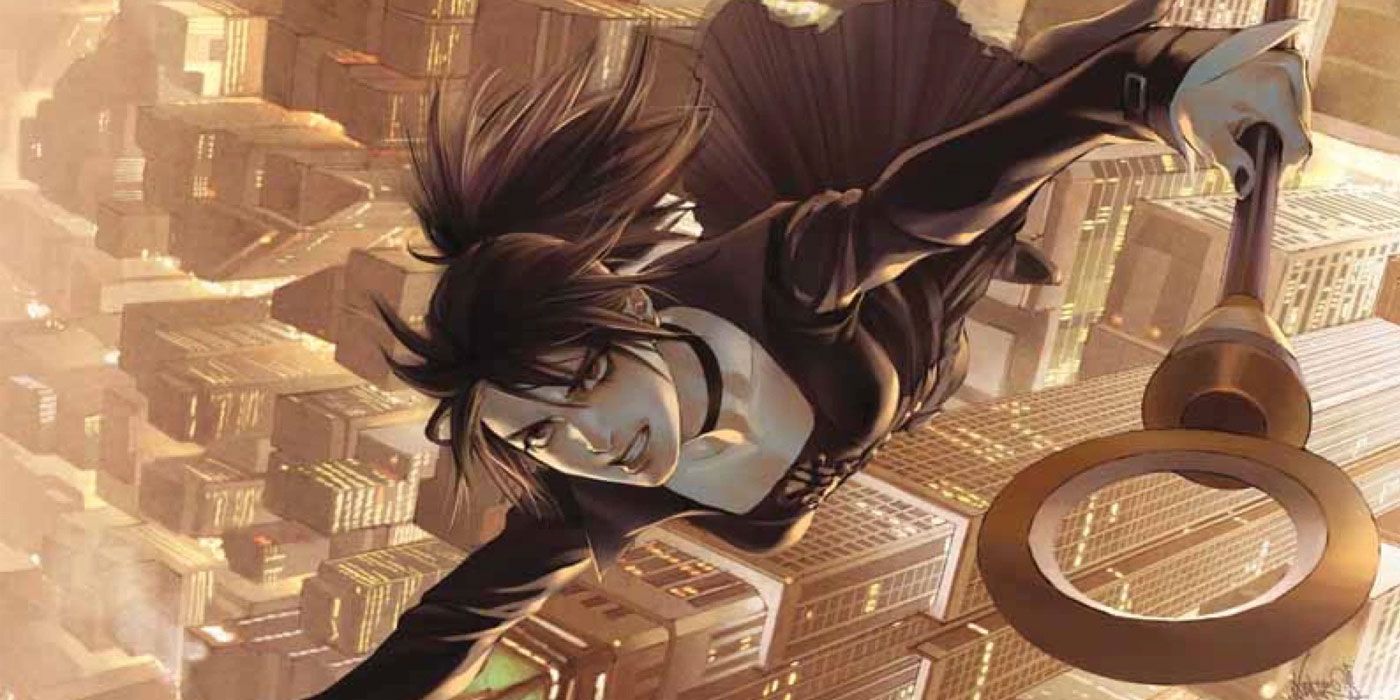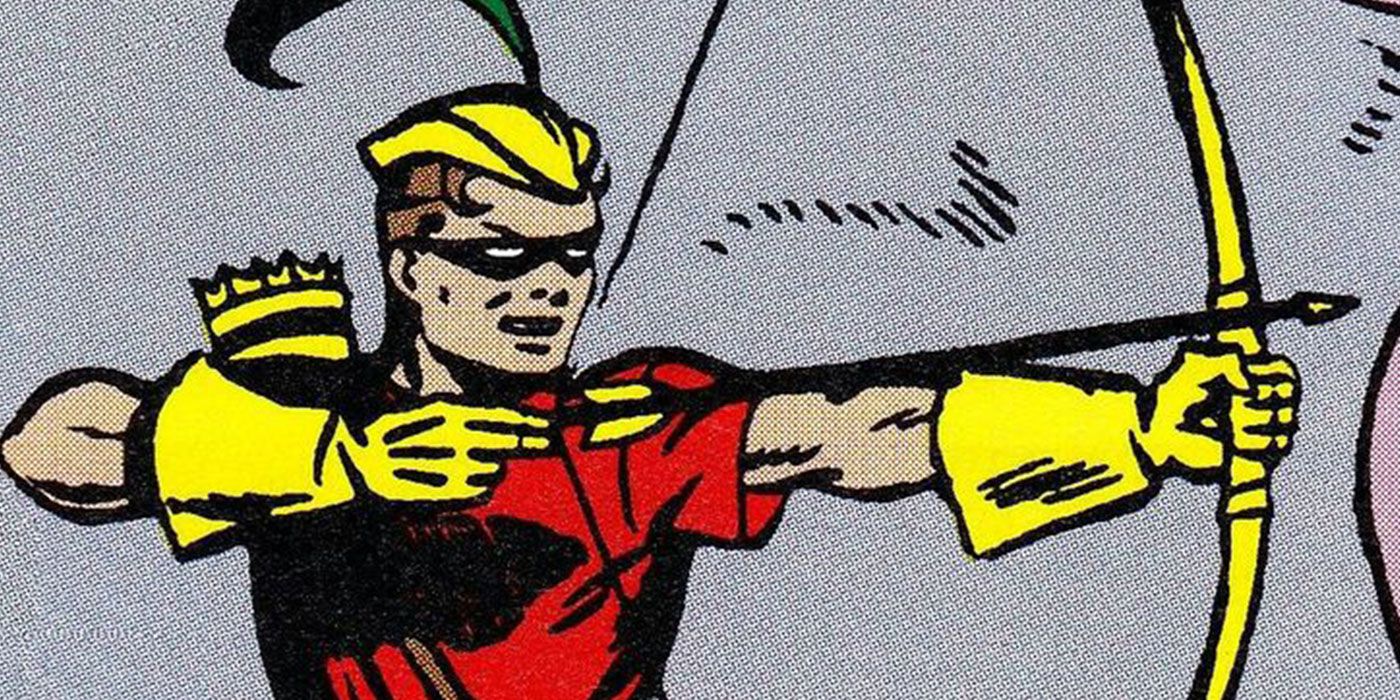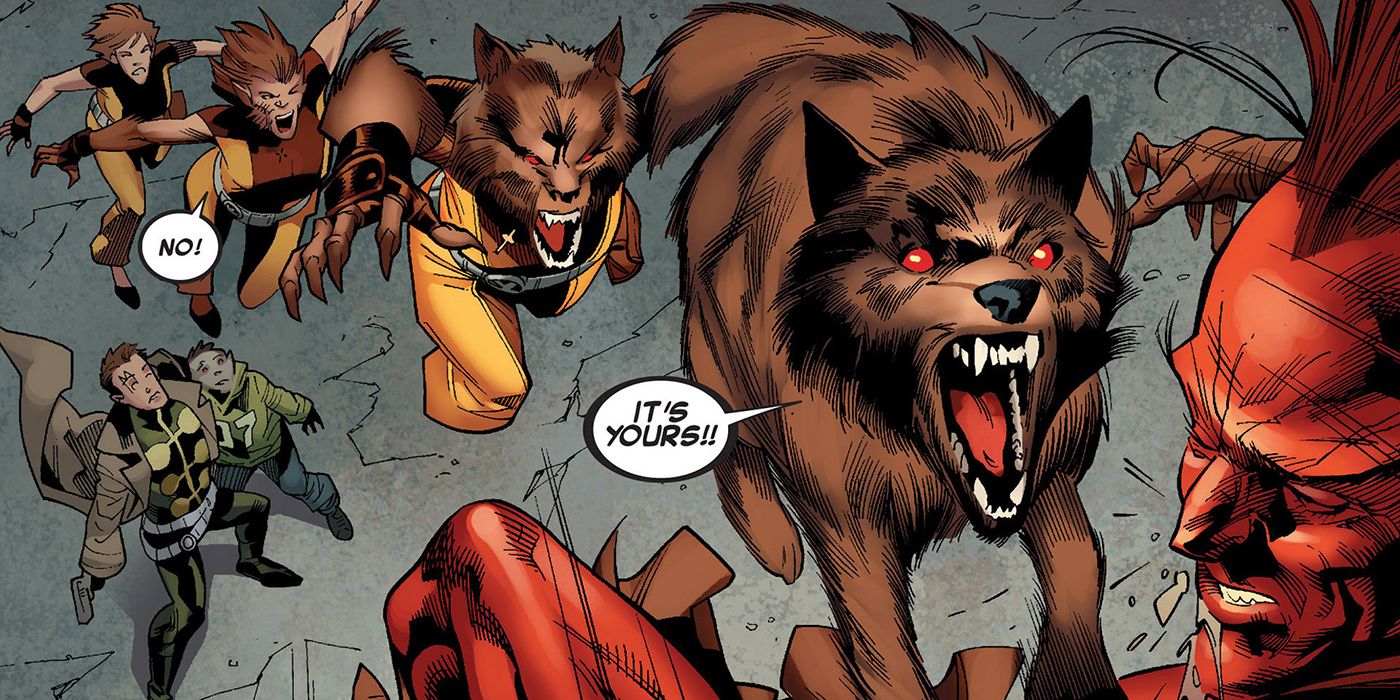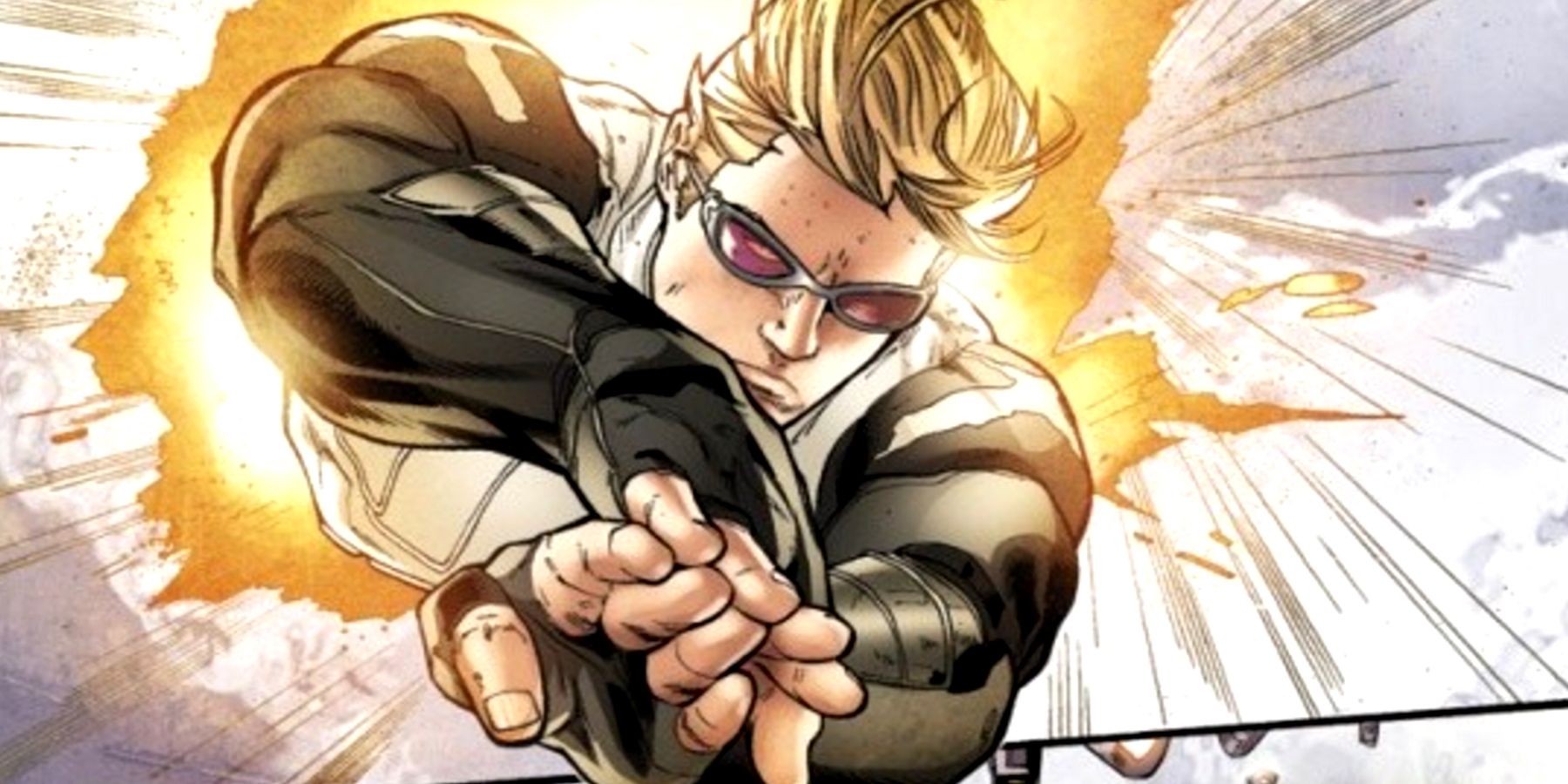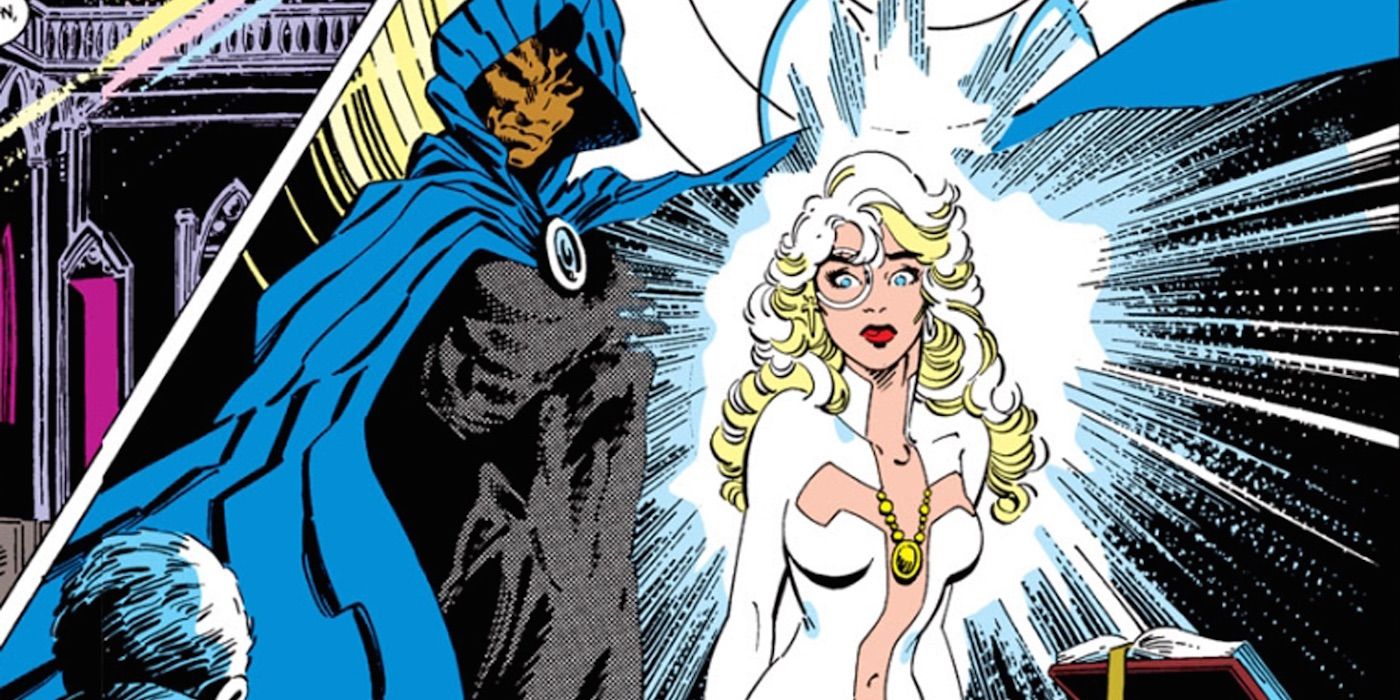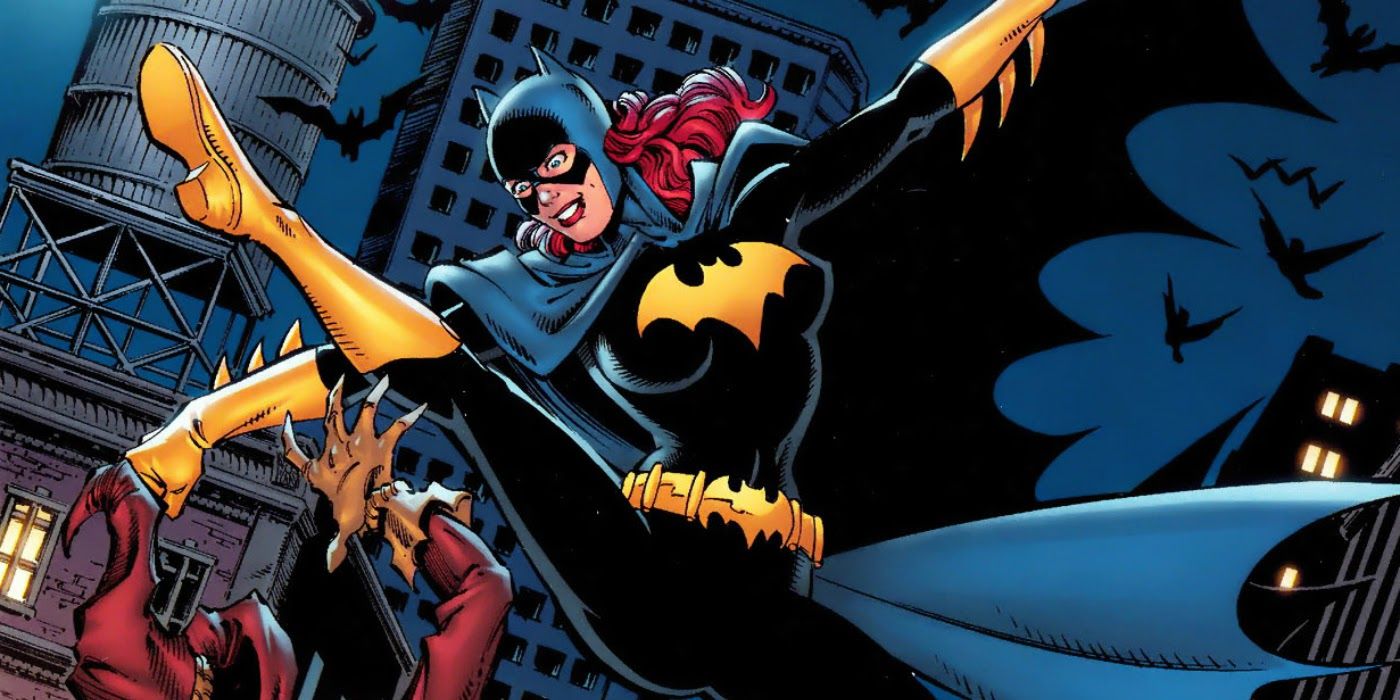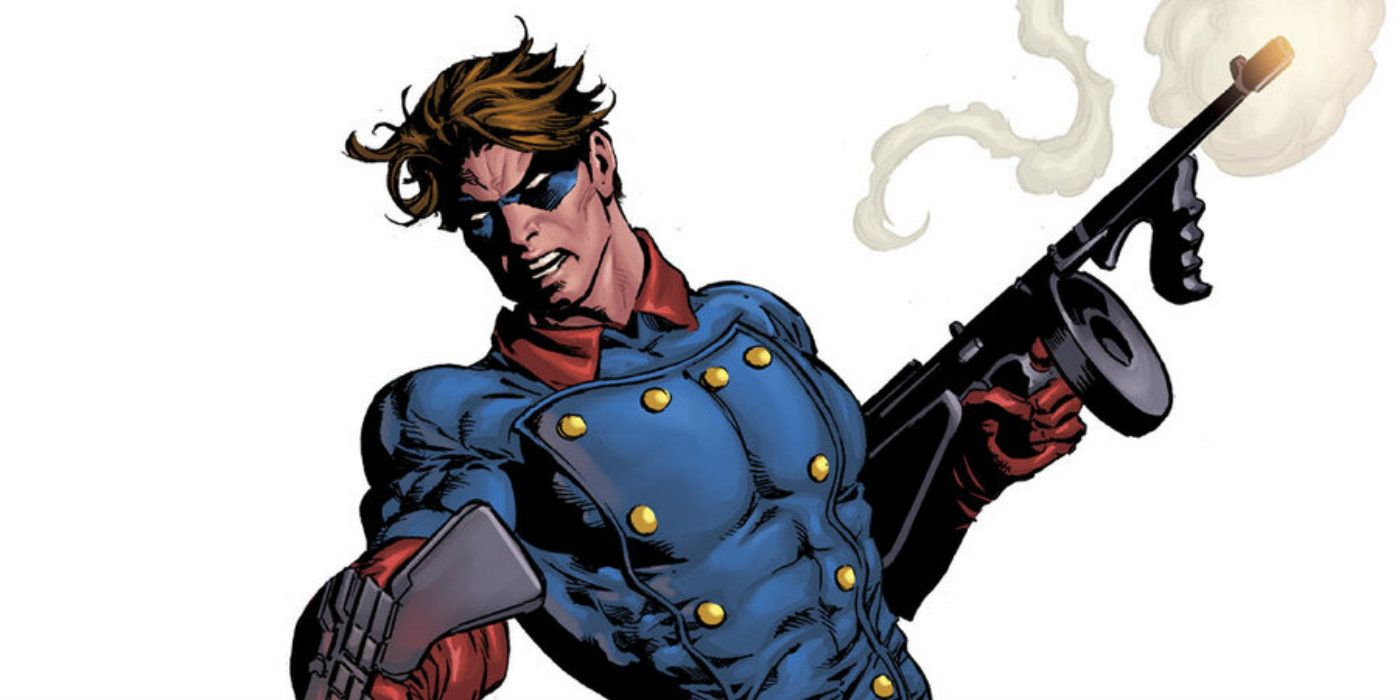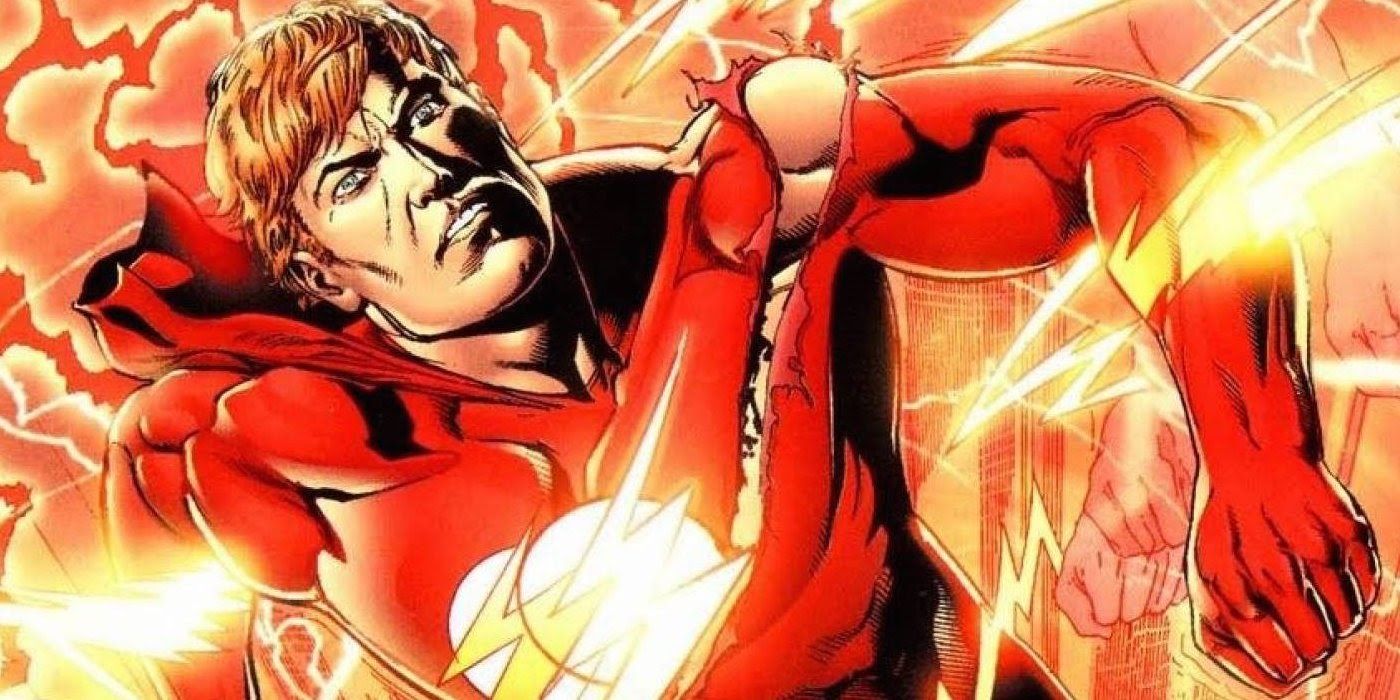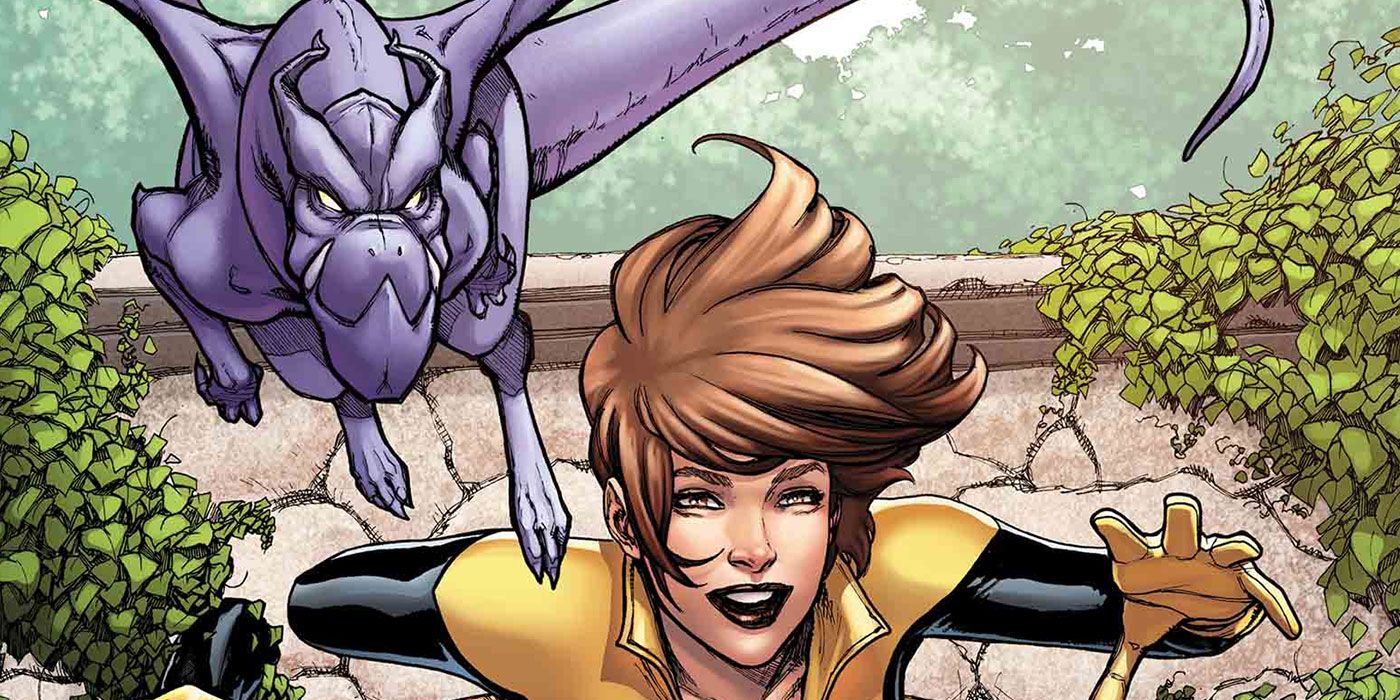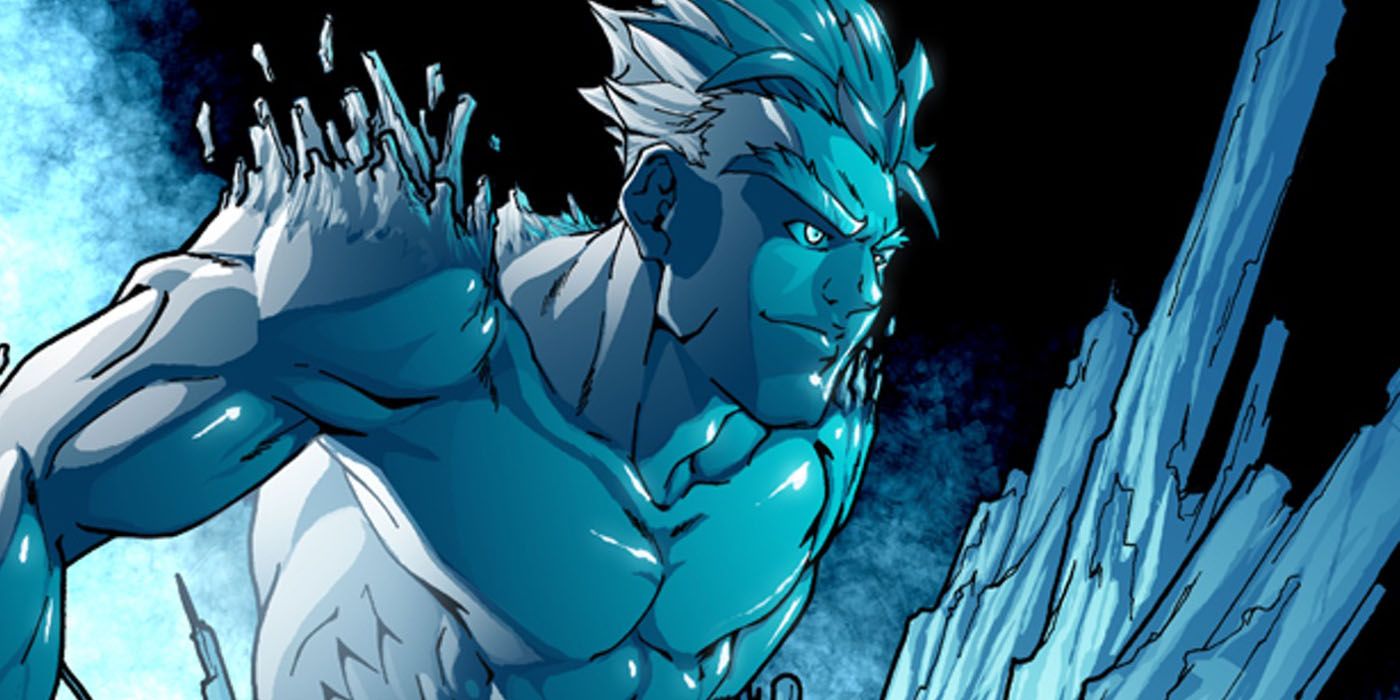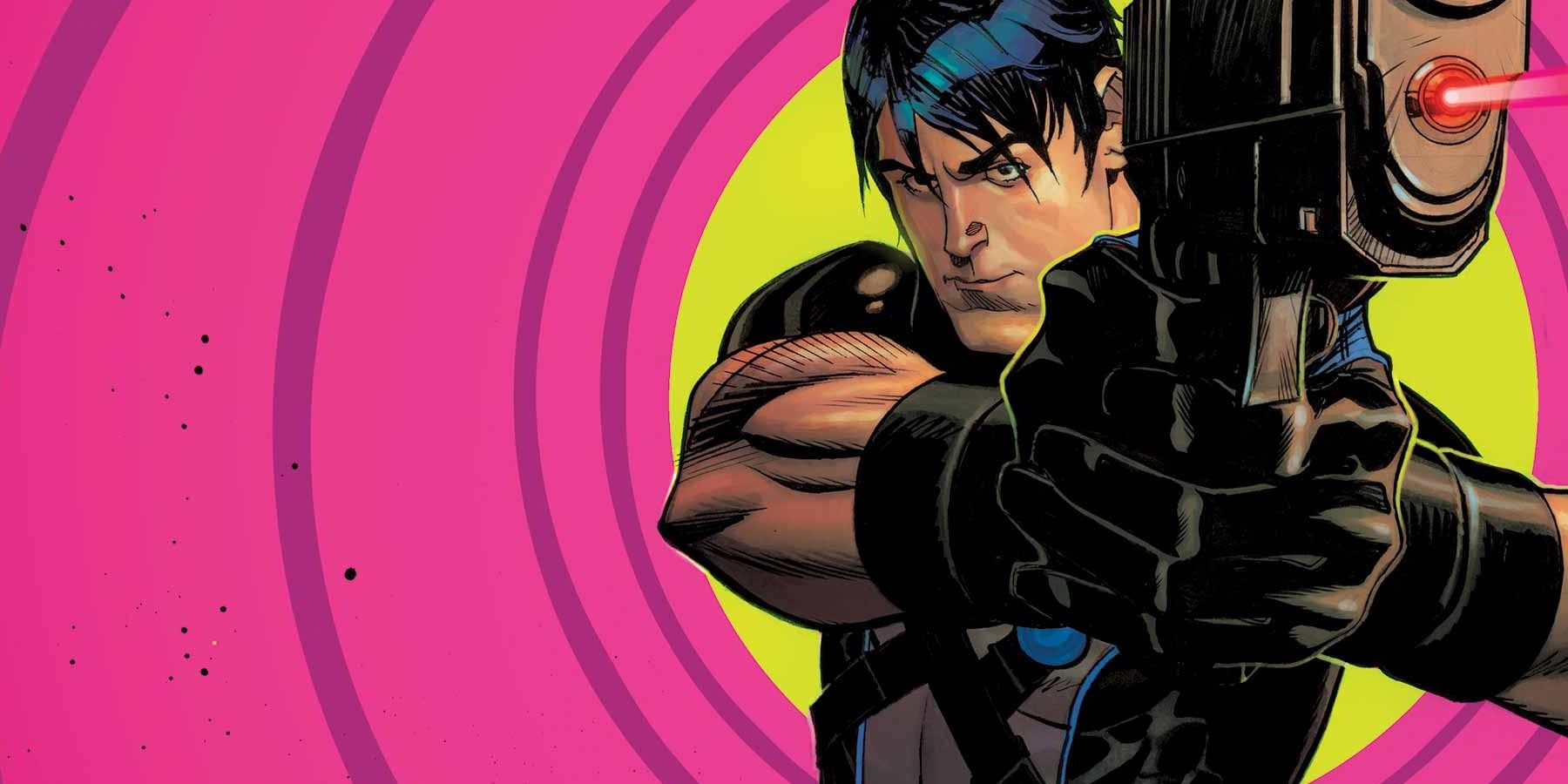As it stands, child labor laws in the United States (as defined by the the Fair Labor Standards Act) set 14 as the minimum age for a kid to work, and they strongly enforce a limit on the amount of work minors can do up until the age of 16. Apparently, nobody in comic books got that memo, or else every superhero who’s ever had a sidekick would be hauled up before a supreme court hearing. Child superheroes have been a staple of the genre since Billy Batson first yelled “Shazam!” to transform himself from a pint-sized kid to the mighty Captain Marvel (or Shazam, as he's known these days).
RELATED: Mind Games: 15 Most Powerful Telepaths In Comics
Thanks to the elasticity of comic book time and the serialized nature of the form, characters don’t age the way they would in real life. They are allowed some development, however, with a number of costumed heroes introduced as pre-teens eventually growing up and blossoming into fully-rounded, mature adults. Or at least most of them do. For others, it’s not quite so simple. See if you can discern which is which as we count down the 15 child superheroes we saw grow up!
15 VICTOR MANCHA
How much of a “childhood” Victor Mancha really got is debatable. As the creation of the villainous robot Ultron, in a pact with Victor’s desperate and infertile mother, the former “Avengers A.I.” member was part-human, part-robot, and at what “age” he was created at isn’t clear. What is clear is that he’s been following a recognizable curve from adolescence to adulthood since his introduction in the pages of “Runaways,” where he qualified for membership as a teenager who rejected the influence of his malevolent patriarch.
Upon realizing the truth of his parentage, Victor dedicated himself to a life of do-gooding. Across “Runaways,” he got a better handling on his power set, leading eventually to his place in the robotic “Avengers A.I.” squad. As is a Freudian prerequisite of entering adulthood, he not only reckoned with his actual father, Ultron, but also father figure The Vision, whom he was tasked with spying on during the suspect events of the former “A.I.” leader’s solo series. Victor has gone from tragic team member to solo force to be reckoned with.
14 POWER PACK
In 1984 writer Louise Simonson and artist June Brigman introduced not one, not two, but four new child superheroes to the Marvel Universe in the form of “Power Pack.” A quartet of siblings with the unlikely surname of Power, the team -- the first in comics to be made up of entirely pre-teens and to operate without adult supervision -- got their powers after an antimatter experiment by their scientist father went wrong, after which they fought evil, pollution, bullying and tooth-pulling alike.
With ages varying from 5 to 12-years-old, Power Pack were probably the youngest child heroes on this list when they began their career. As they got older, they tried out new alter egos and went off to have solo adventures or join other teams. As kids enter adolescence, they do tend to want to spend some time apart, after all. Older Alex became a member of the Future Foundation at age 19, second youngest Jack retired to look after their ailing mother, Katie remained BFFs with Franklin Richards and Julie came out as bisexual in “Avengers Academy.” Each reacted to adulthood in varied, surprising and fun ways.
13 CYBORG
Vic Stone always seemed a little older than the rest of his fellow “Teen Titans.” A little more wise. A little more weary. A little more experienced. That’s probably why, following the “New 52” reboot of the DC Universe, he found himself instead as a member of the “Justice League,” and will be joining the premiere super-team on the big screen in 2017. He was, canonically, still a teenager when his tragic origin story befell him, the subject of various intelligence-enhancing studies by his brainiac S.T.A.R. Labs parents.
This all went wrong during an experiment which saw him lose a significant amount of limbs and body mass, replaced with cybernetic prostheses that greatly enhanced his strength, weaponry, ability to communicate with computers and so on. The reason Vic seemed more mature than his fellow teens was simply because he had been through a lot more than them: he was smarter, but also more traumatized. That trauma didn’t define him, however, instead using it to mature into someone who is strong-willed, emotionally and critically intelligent, and ready to lead a team of fellow adult heroes.
12 PRODIGY
One of the more recent additions to Marvel’s stable of young adolescent heroes, David Alleyne first appeared in 2003’s “New Mutants” vol. 2 #4, but has frequently strayed beyond the boundaries of the various “X-Men” series. His codename says it all: he’s a natural prodigy. His mutant ability allows him to absorb the skills and knowledge of anybody he meets, thanks to a kind of low-level telepathy. This means that with every appearance, he is literally learning and growing over time, as he accumulates more trivial knowledge and skills.
In the more figurative sense, David’s maturation has occurred within the pages of “New X-Men” (where he had to recover a sense of self after losing his mutant powers during “House of M,” instead becoming a trainer of new recruits) and the second volume of “Young Avengers,” where he is put through a crucible of adulthood few child heroes are subject to. He’s seen working a dead-end job in a superhero call center, trying to earn enough money to pay the rent. If the daily grind of work isn’t the sign of truly embracing adulthood, we don’t know what is.
11 NICO MINORU
Another member of the “Runaways,” the on-the-lam team of teenage heroes who discover their parents are actually a cabal of super-powered criminals and decide to take them down, Nico was perhaps not the obvious choice to become a recurring presence in the Marvel Universe after her original book’s cancellation. Her powers are intimately rooted in teenage experience. She has access to the Staff of One, which is a magical staff that only appears after she bleeds. This metaphor lead to sensitive examinations of adolescent self-harm and gags about menstruation alike.
The goth-styled Nico has been given space to grow up, however, in “Avengers Arena” and its follow-up book “Avengers Undercover,” where a collection of young heroes were spirited away by “X-Men” villain Arcade to fight (to the death!) for his amusement, and afterwards sought their revenge as well as attempted to forge a new life after having been put through such a horrendous experience. Nico, for what it’s worth, emerged as a natural leader as she reached the twilight of her teenage years, and finally got over her evil ex-boyfriend Alex to boot.
10 ROY HARPER
Speedy is the other kind of grown-up childhood superheroes. By this we mean that most of the characters on this list manage their entry into adulthood relatively well. Green Arrow’s stalwart sidekick, on the other hand, has more in common with child stars who can’t handle being exposed to all the pressure and success at an early age, and descended into addiction as a way of dealing with the psychological trauma of becoming a grown-up costumed vigilante. This is how Speedy ended up on one of the most infamous comic book covers of all-time, shooting heroin while a helpless Oliver Queen and Green Lantern look on.
Marking the young Roy Harper out as a drug addict was a radical turn for what had previously been a happy-go-lucky, Robin-esque character. As he got older, Roy continued to fall in and out of addiction, culminating in the infamous “Rise of Arsenal” miniseries where he suffers from erectile dysfunction and becomes convinced, thanks to drug-withdrawal hallucinations, that a dead cat is his infant daughter. You could say Roy is an example of how some people really flounder when they cross the boundary from childhood to adulthood, but that might be being too kind to “Rise of Arsenal.”
9 WOLFSBANE
The “New Mutants” were a novel development in the publication history of the “X-Men.” The mutant superhero team were introduced as a group of teenagers getting a handle on their powers, an obvious metaphor for adolescence and “changing bodies” also used in “Spider-Man,” but they all eventually grew up, so the focus of the book changed. “New Mutants” was an attempt to return to balancing the painful process of growing up with comic book action, a dichotomy best embodied by Rahne Sinclair.
Essentially a werewolf, Rahne had to deal with a particularly obvious puberty metaphor for her skill set (ever see “Ginger Snaps?”) and the usual teenage trouble with communication was exacerbated by her being a transplant from across the Atlantic. She eventually got on famously with her teammates and has hung around the peripheries of the “X-Men,” outgrowing her adolescent mood swings to become a level-headed, punk-styled badass. Unfortunately, she has yet to outgrow the painfully awful phonetic Scottish accent most writers lumber her with.
8 CANONBALL
Speaking of former “New Mutants” members being given awful phonetically-written regional accents, Sam Guthrie never makes it difficult for you to remember where he came from, his Southern drawl betraying a rural, working-class childhood that all changed when he got the call from the Xavier School. Nigh-invulnerable when he’s blasting through the air thanks to kinetic energy fired from below his torso (hence the name), Canonball’s old-fashioned manners and worldview initially made it difficult for him to get on with his team of fellow freaks and weirdos.
As is a common parallel for child heroes, Sam grew into himself as he grew into his superpowers, graduating from “New Mutants” to become a member of the “X-Men” proper as he got older. Since then, he has broken away completely (think about it this way: would you keep hanging around your college when you got your degree? Nope, but most mutants in the Marvel Universe do) to become an Avenger, get married and have a kid. It’s been a faster progression than most, but there’s no doubt watching Cannonball grow up has been a blast.
7 CLOAK AND DAGGER
There’s a bit of “Romeo and Juliet” to Cloak and Dagger. These tragic teenage lovers didn’t fall prey to a tragically ironic suicide pact, though, instead ending up with superpowers after being used as test subjects for a synthetic brand of mega-heroin. It’s an unusual origin story for an unusual coupling. They're a pair of runaways, one from a broken home (Cloak) and the other a neglectful socialite mother (Dagger), who find themselves on the streets, learning the only people they can rely on are each other.
Originally appearing as more cynical, unfortunate foils to the relatively privileged Spider-Man, Ty Johnson and Tandy Bowen went on to have their own series and became a permanent fixture of the Marvel Universe. As they got a better handle on their powers (teleportation for Cloak, firing light energy for Dagger), they simultaneously got to grips with their necessarily co-dependent relationship and found a productive mission in ridding the streets of drugs. They could be a walking P.S.A., but in reality, Cloak and Dagger went from tragic teens to being an example to, and mentor for, younger Marvel heroes.
6 BARBARA GORDON
In the controversial “Killing Joke” miniseries by Brian Bolland and Alan Moore, the former Batgirl was more or less forced into adulthood. Introduced in 1967’s “Detective Comics” #359, Barbara had begun life as the teenage daughter of Commissioner Jim Gordon who, by nightfall, snuck out of her bedroom to fight crime alongside Batman and Robin. As many of us do, she eventually had to set aside childish things and get on with growing up, earning a doctorate and becoming a librarian.
It was the Babs who had retired from super-heroics, in her civilian life as a graduate, who was crippled by The Joker and confined to a wheelchair. As the superhero seer/help desk Oracle, following “The Killing Joke,” who exhibited a certain concept of adult maturity: serious, intelligent, cynical and somewhat wary about the world. Following some rehabilitation and retconning, she returned to her Batgirl role but did so as a young adult woman.
5 BUCKY
The gag always went that, no matter how many unbelievable character resurrections happened in comics, there were a handful who would always remain dead: Spider-Man’s Uncle Ben, Batman’s parents (because they underscore the whole modus operandi of those heroes) and Bucky. Captain America’s wartime tweenage sidekick didn’t get frozen in a block of ice, so he couldn’t possibly be thawed in the modern era the way Steve Rogers was. Plus, he was kind of goofy and likely wouldn’t translate to a modern sensibility.
Then Ed Brubaker and Steve Epting had an idea. Bucky Barnes, previously a starry-eyed symbol of American exceptionalism alongside his mentor, was revealed to have gone in a very different direction as he grew up. It was analogous to the way kids often rebel against the example and values of their parents, only his flip-flop of political allegiance to the U.S.S.R. was thanks to brainwashing and torture (when they didn't need his services, they shoved him into suspended animation). As The Winter Soldier, Bucky had one of the most unexpected progressions to adulthood, but it was one of the most satisfying as well as he threw off his mind control and forged his own path.
4 WALLY WEST
One of the earliest examples of a legacy hero, Wally West first appeared as the Kid Flash in 1959’s “The Flash” #110, and bided his time for 27 years before a “Crisis on Infinite Earths” saw his mentor fall, providing the chance to step up to the big leagues. This is remarkably patient, especially for a speedster. For nearly 30 years, he was the sidekick of Barry Allen, the second Flash in DC continuity, a cockier and brasher supersonic superhero who frequently locked horns with his family, friends and fellow costumed heroes.
As a member of the “Teen Titans,” Kid Flash began to learn that the life of a hero wasn’t all peaches and gravy, with storylines like “The Judas Contract” forcing all of the team to do a bit of growing up. This culminated in Barry’s death, as he had sacrificing himself to save the entirety of reality during the Crisis, and Wally stepping up to the plate to take his place as The Flash. Over the course of three decades, readers saw a rebellious, arrogant young teen hero mature to the point that he could take over one of the best-known mantles in the DCU.
3 KITTY PRYDE
It can be easy to forget, among the struggle of even great artists like John Byrne and Dave Cockrum to discern between the body types of teenagers and fully-matured adults (which unintentionally resulted in an awkward age-inappropriate flirtation with Colossus), but Kitty Pryde was only supposed to be 14 years old when she enrolled in Xavier's School for Gifted Youngsters. This goes quite a way toward explaining her many adolescent outbursts concerning Professor X’s relative levels of "jerkitude" and why she shirked the company of crummy adults to be best friends with a space dragon.
We’ve seen Kitty shed her teen identity and try on several others as she entered adulthood, briefly holding the codenames of Sprite and Ariel before finally settling on Shadowcat for good. In Joss Whedon and John Cassaday’s “Astonishing X-Men” run, she returned, in a poignant scene, to the school as an adult. Since then, she’s made the full-time transition from student to team leader (in the “X-Men: Gold” series) and even got engaged to (and spent some time as) Star-Lord.
2 BOBBY DRAKE
All of the original “X-Men” recruited by Charles Xavier were technically teenagers, although Scott Summers always had a seriousness which belied his perpetual immaturity, as did Jean Grey. Meanwhile, the biggest evolution in hyper-intelligent Hank McCoy and Warren Worthington III was the was the sprouting of blue fur all over Hank's body and Warren obtaining metallic wings. Of that initial squad of mutant heroes, Bobby Drake has surely changed the most, and not solely because he stopped looking like a snowman come to horrific life, “Jack Frost”-style, instead adopting an aesthetic more befitting his Iceman codename.
Bobby’s shtick was always that he was the baby of the group, something he used as an excuse to be an immature dope, cracking wise and flirting with almost every girl who passed through the halls of the Xavier school. Given the often tragically soap-operatic lives of the “X-Men,” though, he’s been forced to confront his immaturity in recent years, becoming a key figure in the re-opened school following Xavier’s death, and finally coming out of the closet after hiding his true sexuality since he was a teenager. Watching Iceman grow up has been immensely gratifying for those of us who have been it for the long haul.
1 DICK GRAYSON
Has there been a more fraught, complex and rewarding life story in comics than that of Dick Grayson? We met him as a member of the Flying Graysons trapeze artist team, the rest of his family having been gunned down in the middle of a performance. Orphaned and alone, he was taken in by Bruce Wayne and became his sidekick, the first Robin. Eventually, he outgrew his second banana role and struck out to become his own man without Batman’s guidance, as Nightwing of the “Teen Titans.”
While other child superheroes are introduced as teens and thus have less time to clear before entering adulthood, comic readers saw Dick go from prepubescent to teenager, reckoning with the legacy of his father figure as he entered adulthood proper by acting as a Batman-style protector of Bludhaven, before returning to Gotham to become the Dark Knight himself) and then taking up an entirely new codename and profession as Grayson, Agent of Spyral. There’s a compelling case to be made for reading the entirety of DC Comics history as a meta-narrative telling Dick Grayon’s life story, from beginning to end.
Was our report card correct? Are there any winning examples of grown-up child superhero stars we missed? Let us know your suggestions in the comments!

